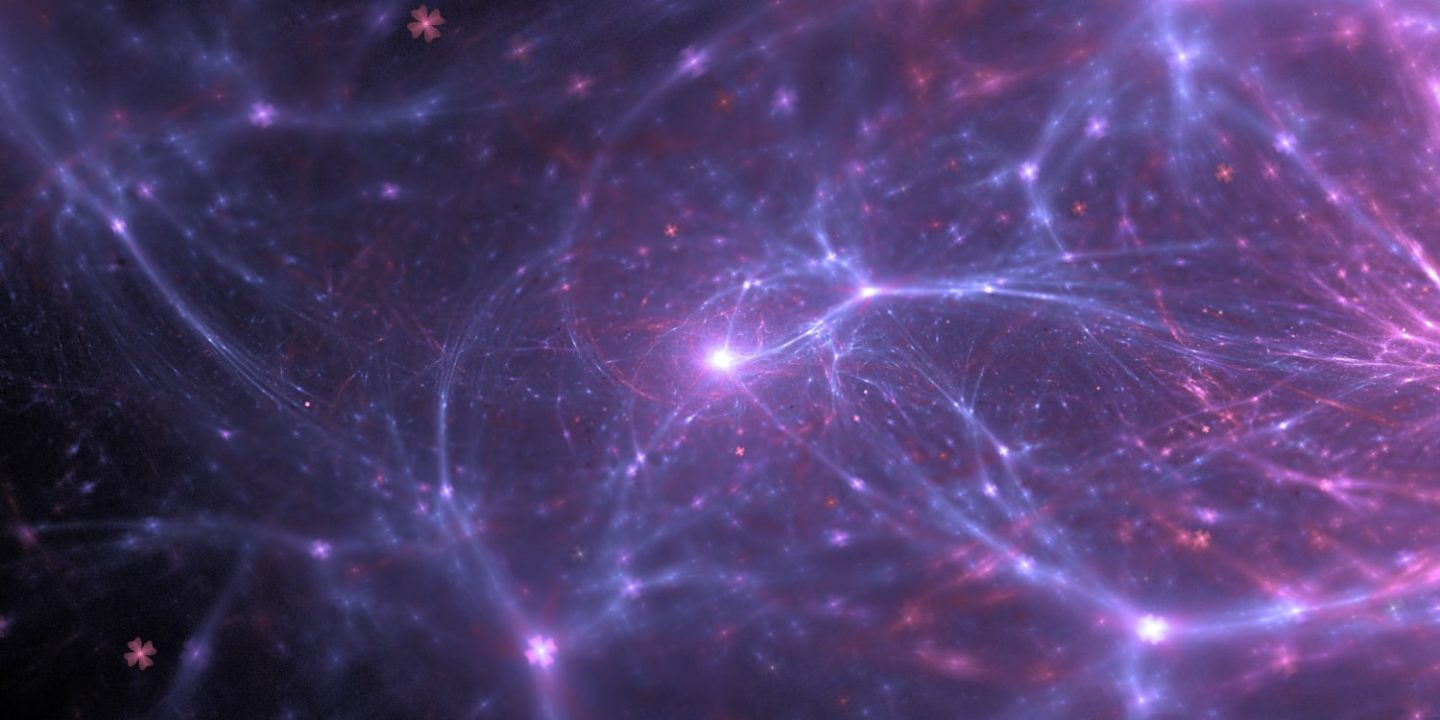
Scientists Discover Neurons That Can Restore Walking After Paralysis, Scientists have found a breakthrough in understanding and treating spinal cord injuries that result in paralysis in patients. In a new study, researchers have pinpointed specific nerve cells that undergo change after being subjected to a spinal cord stimulation technique that has been shown to restore walking ability in patients previously believed to be permanently paralyzed.
Nine paralyzed patients who underwent a treatment of electrical stimulation and regained their walking ability were studied, and the results were compared to those of mice given the same treatment. After studying an animal model of nerve damage, the team isolated two neural populations that appeared to coordinate the reorganization of neural connections. If these neurons function similarly in humans, it may be possible to develop more targeted treatments for spinal cord injuries.
2018 marked the first time that researchers found that epidural electrical stimulation (EES), which involves stimulating nerves close to the site of injury, could reduce a patient’s discomfort after a spinal cord injury. When combined with rigorous physical therapy, EES was seen to restore the patient’s mobility. However, the proper mechanisms of EES were never fully understood, despite the fact that it was one of the few methods with noticeable clinical effects.
The group of scientists – which included Grégoire Courtine, a prominent neuroscientist who took part in the 2018 study – monitored nine patients as they participated in EES, physical therapy, and rehabilitation for a total of five months. Six of these nine patients retained some sensation in their legs, while three were completely paralyzed below the waist.
During the course of treatment, the team monitored and mapped the activity of each patient’s nerve cells. As each person got better and became able to walk again, the amount of nerve activity near the injury site went down. For Courtine, this didn’t come as much of a surprise. He said, “When you learn a task, that’s exactly what you see—there are less and less neurons activated as you get better at it.”
Meanwhile, coauthor Jocelyne Bloch stated that a spinal cord injury leads to a lot of ‘chaotic activity’ inside the body as it looks for ways to respond. Rehabilitation works by rearranging the cellular infrastructure in such a way that the activity of a specific kind of cell is boosted, while other cells remain inactive.
Put together, these results prompted the research group to speculate that a specific group of neurons is responsible for coordinating a patient’s healing process.
Other researchers, however, have a more cautious take on the findings. According to neuroscientist Eiman Azim of California’s Salk Institute for Biological Studies, we currently lack the tools necessary to manipulate human neurons in the same ways as mouse neurons.
As a result, it is impossible to gather definitive proof that EES causes the same effects in humans. However, he believes that the same neurons are likely behind the effect observed by the team in their patients, given that the spinal architecture of vertebrates is remarkably similar.
The authors of the study acknowledge that there are many neural populations in the spinal cord and brain responsible for controlling walking – their roles will have to be studied in future research.
Also read: Omicron 1.5 Times Deadlier Than Regular Flu: Study







